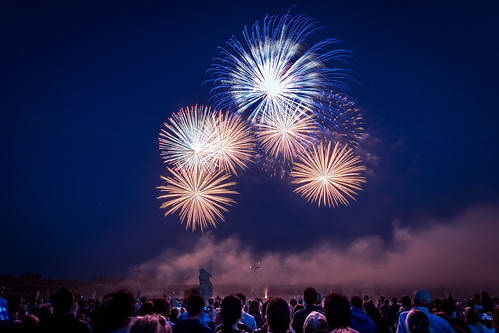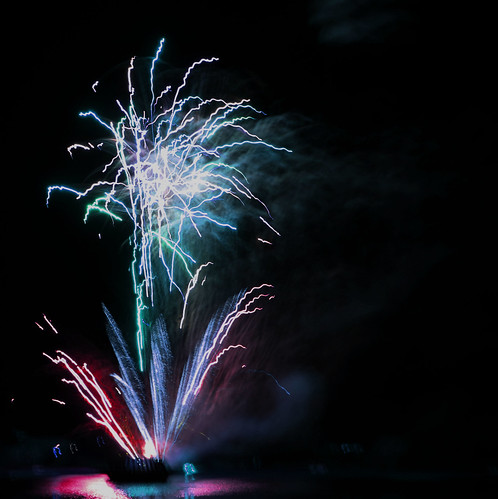
WHY DO WE RARELY SEE BRILLIANT BLUE FIREWORKS?
If you’ve ever been to a fireworks display, or even dabbled in setting off your own smaller display at home, you may have noticed something about the wonderful colours.
You rarely see blue fireworks, and although it is possible to make blue pyro, the colour is never quite as vivid and obvious as the radiant red and glowing green fireworks, or even the purple or orange ones!
But why is this? Why is it so much more difficult to produce a brilliant & bright blue colour when creating fireworks?
The answer is that the compound required to create the blue colour is Copper Chloride, which is very fragile. The bright blue colour is achieved by heating the Copper Chloride to around 1,000 degrees Fahrenheit, however, as soon as this bright colour is achieved, the compound begins to break down due to the heat.
We have achieved good pale-blue colours, as well as shades of purple that are more ‘’indigo.’’
Scientists have tried for years to find the perfect mixture of Copper Chloride, so as to maintain the colour of the firework, but not overheat it to the point of ruining the colour.
See below this detailed video on the topic, which explains the difficulty of blue fireworks further.
So, while you may see fireworks that resemble having a ‘blue’ colour, they will never be quite as bright or in your face as other colours may be.
Luckily, people around the world with a passion for pyro have been working on perfecting this blue formula, so we may see something more impressive in future!
Someone demonstrates here the difficulties of using Copper in pyrotechnics. (We don’t recommend that you try this at home!).


